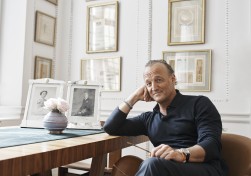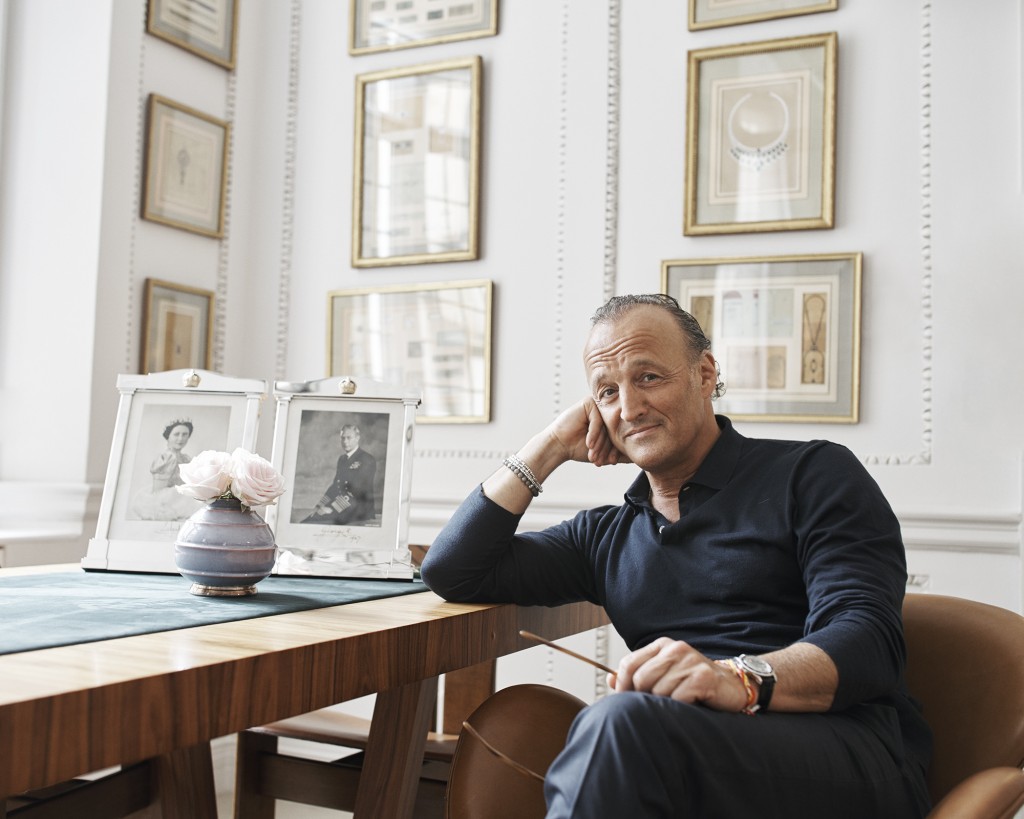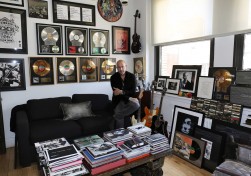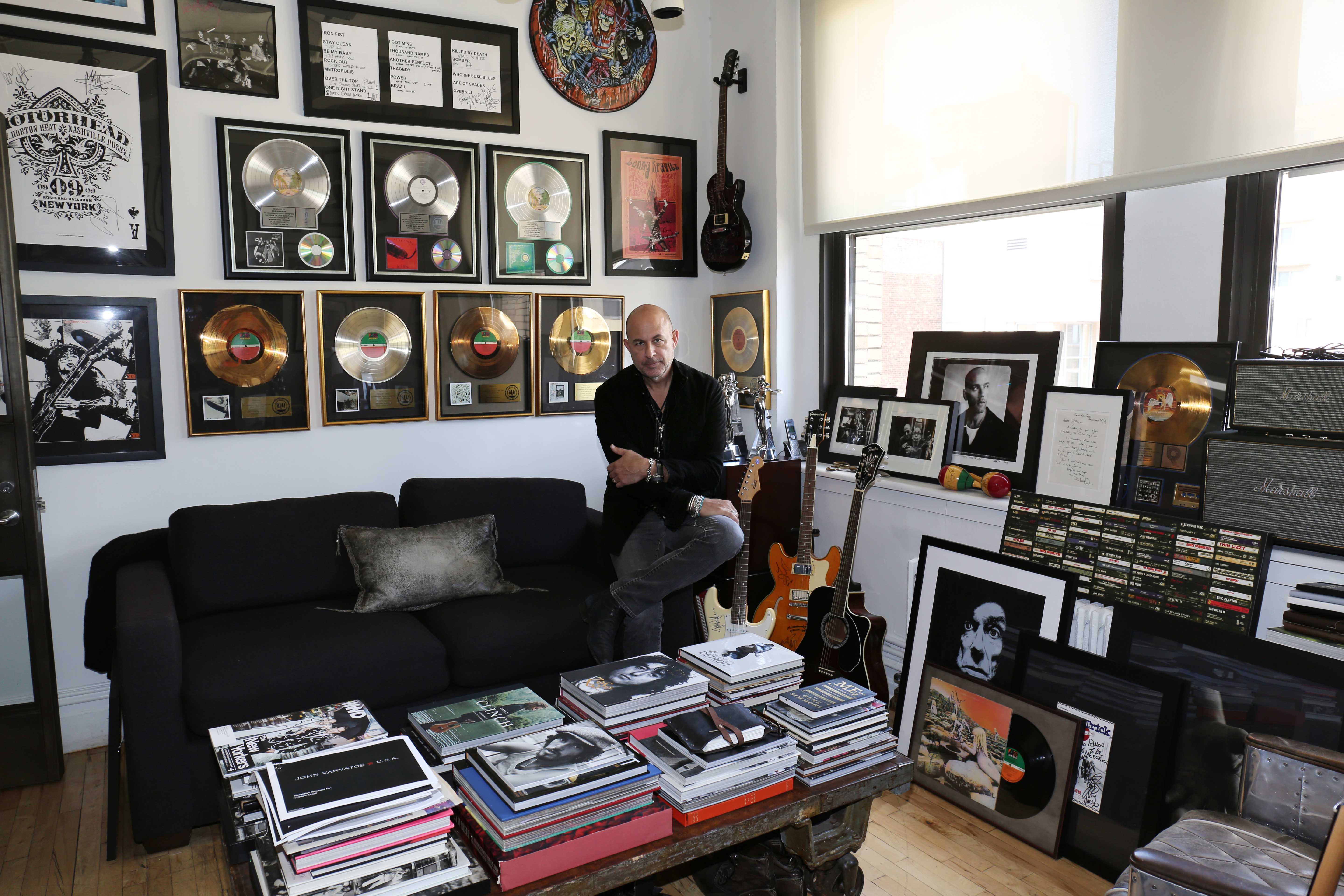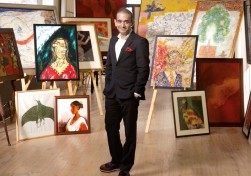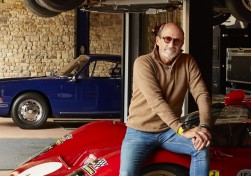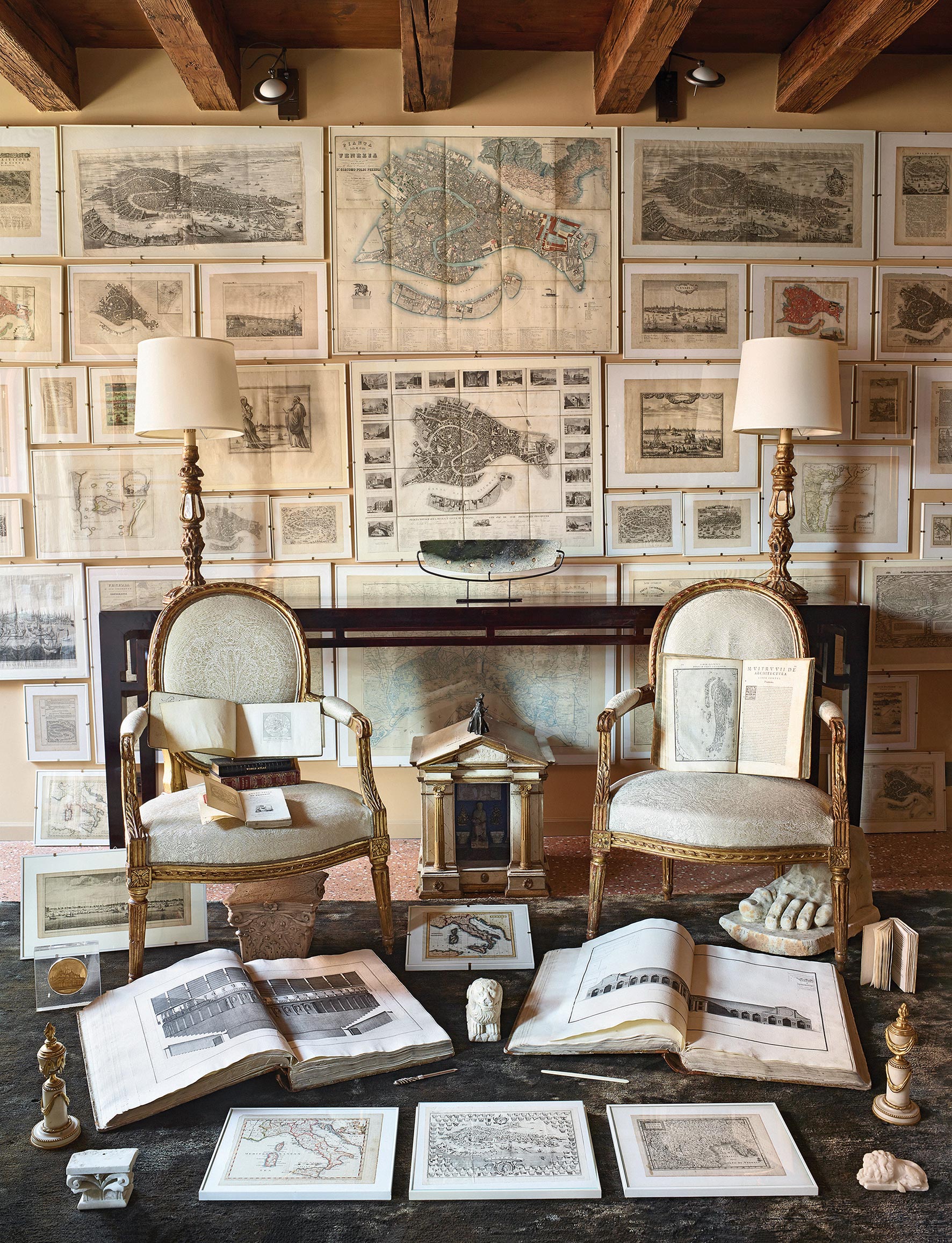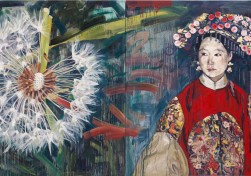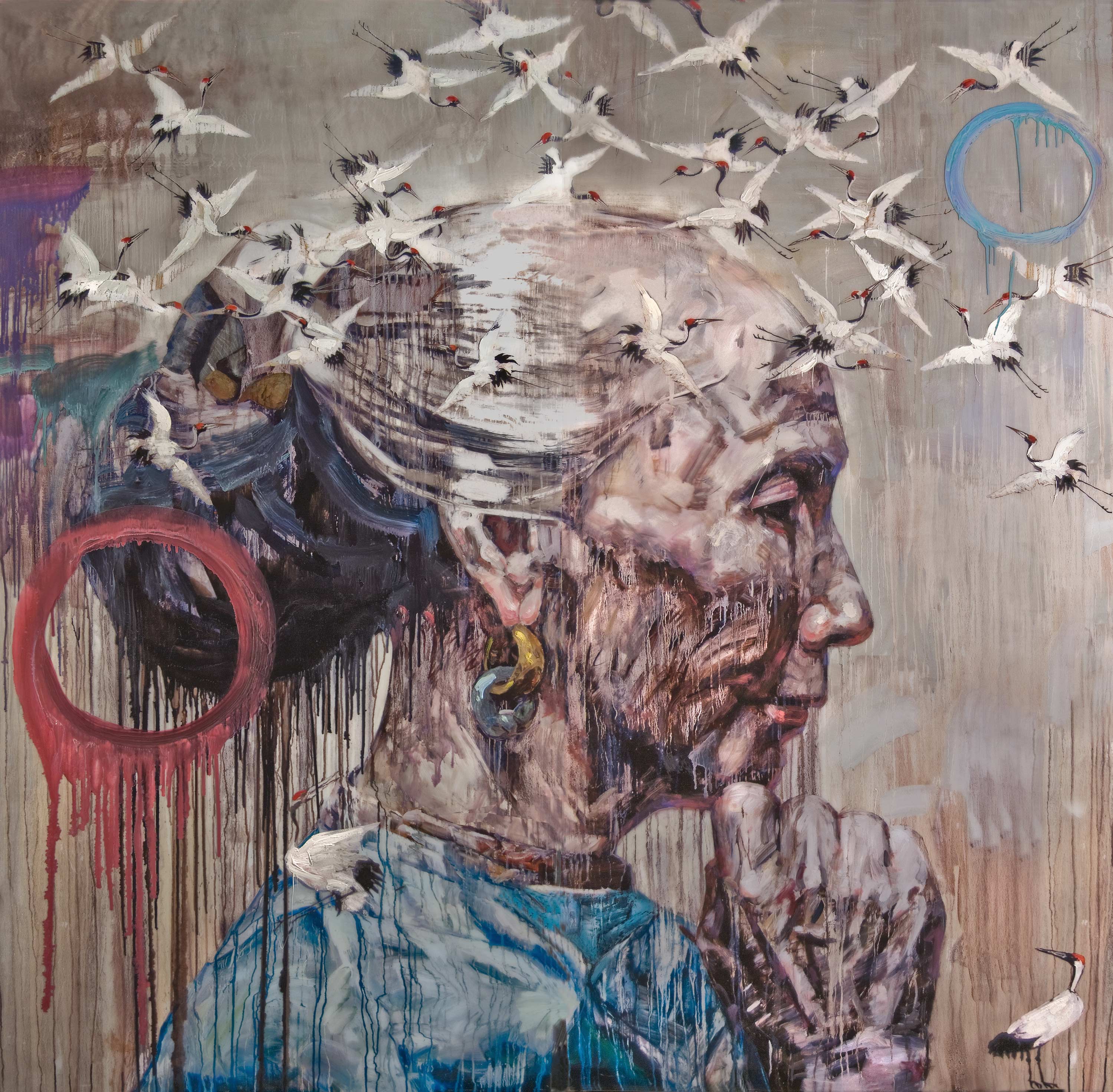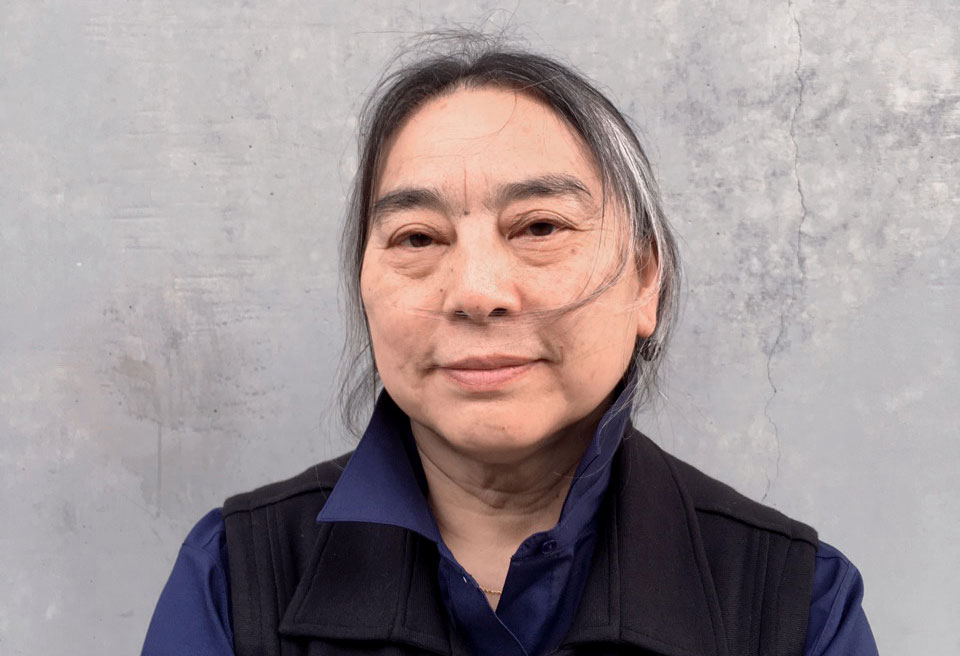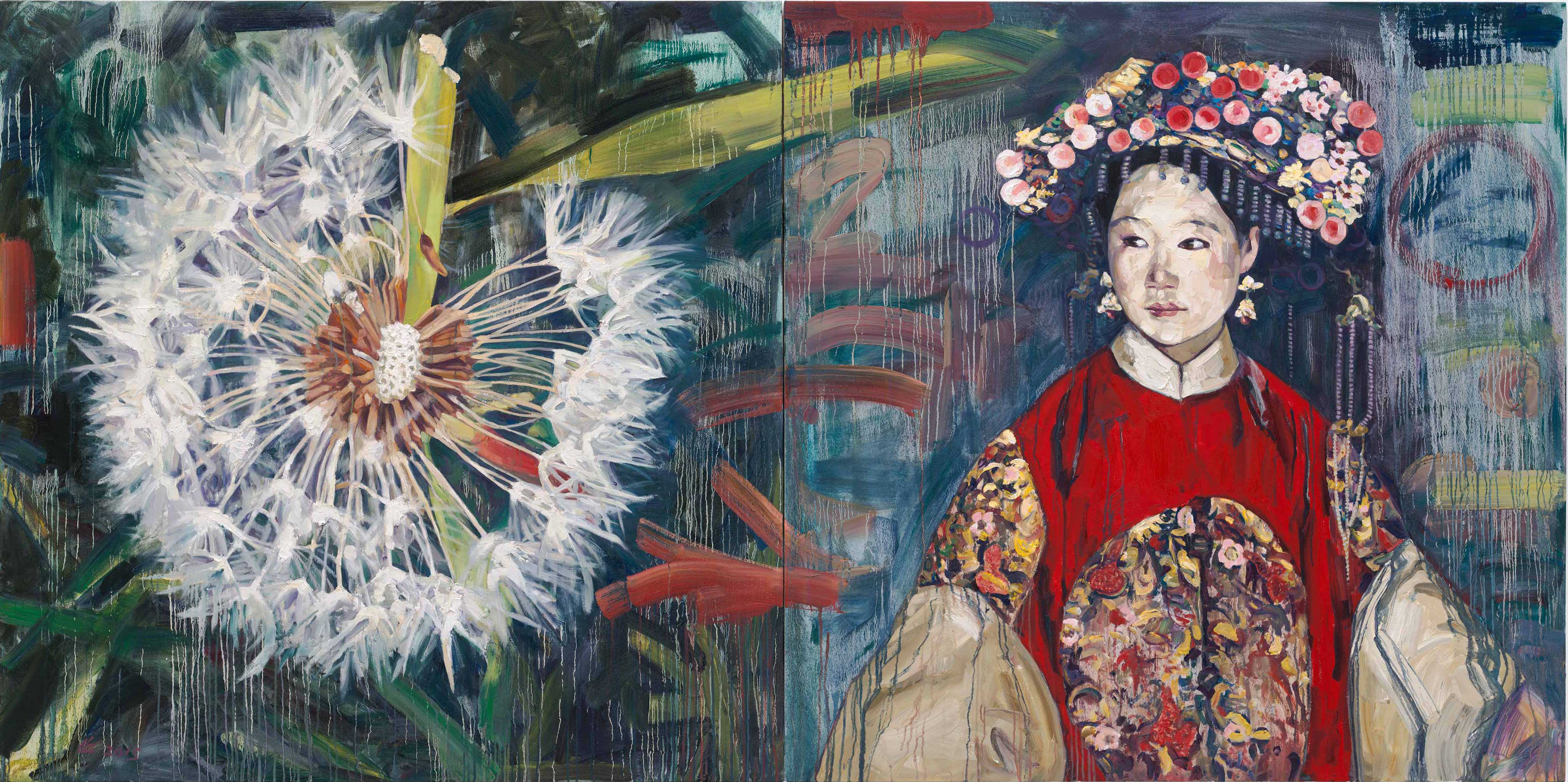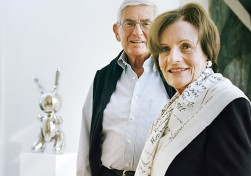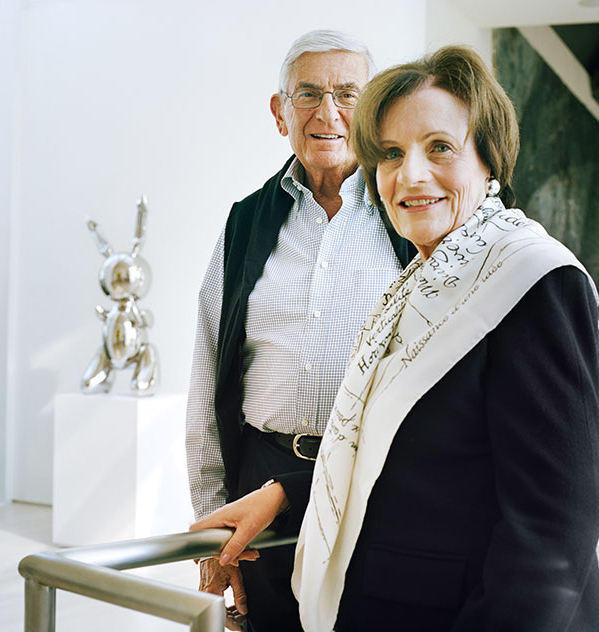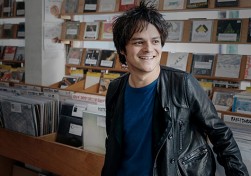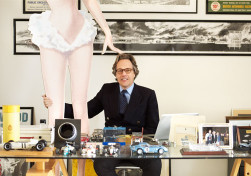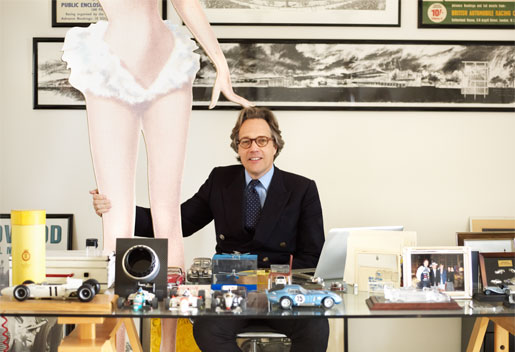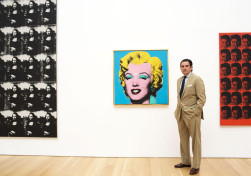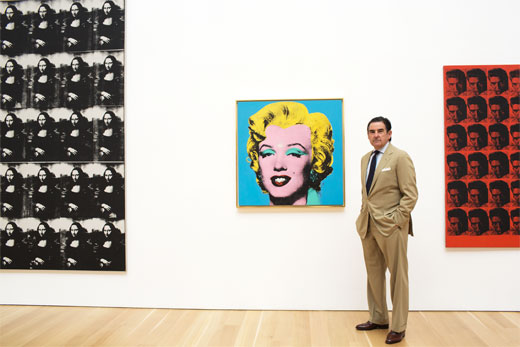“I like things that shine,” jokes Glenn Spiro – fittingly for a man who makes exceptionally fine jewelry. One of Spiro’s shiny things was recently donated to the prestigious permanent collection of important jewelry at London’s Victoria and Albert Museum by none other than Beyoncé, who is both a friend and a client of Spiro’s. It’s a spectacular piece, a “Papillon”, or butterfly ring, with wings – which flap as the wearer moves her finger – crafted from titanium, diamonds and green tsavorites. This is an undoubted coup for Spiro, 55, long recognized by his peers as a superb craftsman and designer of high jewelry, but who until recently operated largely under the radar, as many of his pieces were made for older, more famous houses.
But as well as making things that shine, Spiro also collects them, especially shiny things by Cartier – from the gilt silver model of a Model T Ford made for Henry Ford in the 1970s in the lobby of his atelier to the framed gouaches on the walls behind Spiro’s desk. A shelf houses a good 100 or so presentation boxes containing anything from a silver and crystal caviar service to a cigarette case, while on Spiro’s desk are two silver frames containing signed portraits of George VI and his wife Queen Elizabeth, later the Queen Mother.
These have a particular resonance, as these rooms were formerly the atelier of Norman Hartnell, for several decades couturier of choice to British high society and royalty, especially Queen Elizabeth and her daughters, the present Queen, Elizabeth II, and Princess Margaret. The Queen Mother was a close friend of Hartnell’s – he made her laugh – while it was in these rooms that Elizabeth II was fitted for her wedding and coronation dresses. “It has a very special atmosphere,” says Spiro, who first visited the atelier as a teenage apprentice to Cartier, when he was asked to accompany an important client to a fashion show. He was struck by the “incredible elegance of the place”, and decades later, when he was looking for an atelier and showroom of his own, “I kept going past and seeing that there were no lights on – and when I heard it was empty, I took it right away, without seeing it again.”
He takes a similar approach to buying both gemstones for his jewelry and to his collecting habit. “You have to buy what you like,” he explains, and follow gut feeling, even if that leads to the occasional mistake. “Or you buy too much... I sometimes buy too much,” he laughs. As a collector, Spiro has always been drawn to mid-century “furniture, photography, jewelry, also fashion. I like that era – it was clean, it was cool. The Forties, the Fifties, the Sixties… actually not the Sixties. I think they tried too hard in the Sixties.”
Given that the mid-century was precisely Norman Hartnell’s heyday, there’s something entirely appropriate that Glenn Spiro should be the custodian of the stunning art deco interiors that Hartnell commissioned for these rooms. And in another pleasing piece of symmetry, his old boss from Cartier, Arnaud Bamberger, is now honorary chairman of Spiro’s jewelry house. He has just two other sales points: London’s Harrods and New York’s Bergdorf Goodman. But the splendid atelier on Bruton Street is surely the heart of the house. And here, once again, just like the couturier, Spiro entertains a clientele that might be small numerically (he has spoken in the past of only needing 30 or so good customers) but wealthy and demanding in their quest for jewelry as stunning as Beyoncé’s butterfly.
